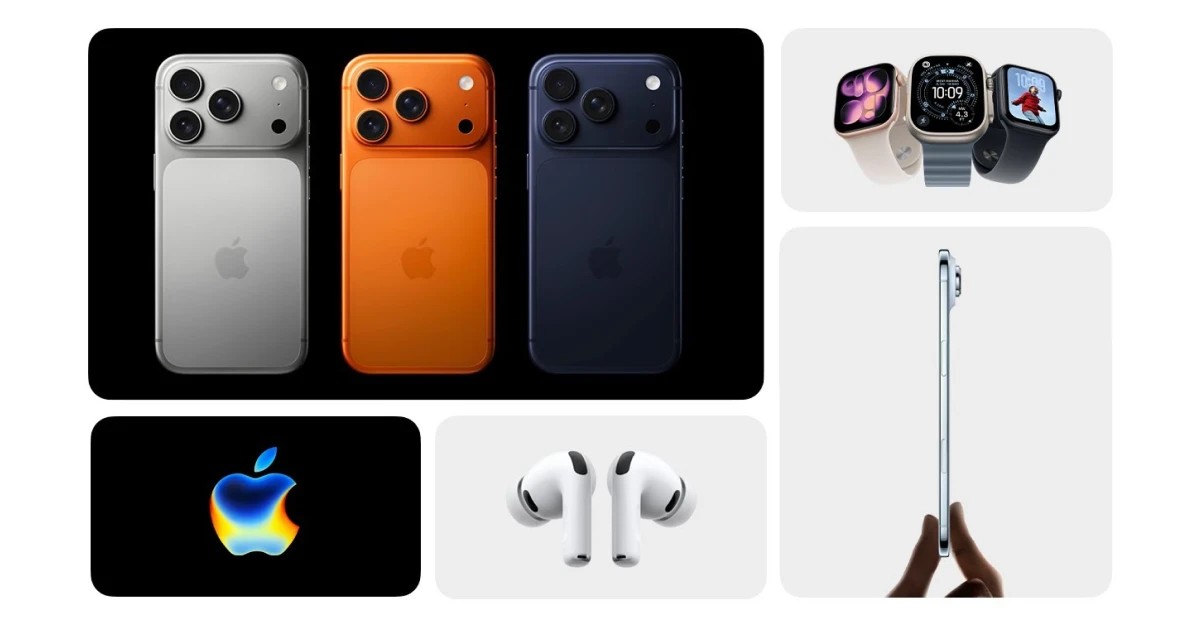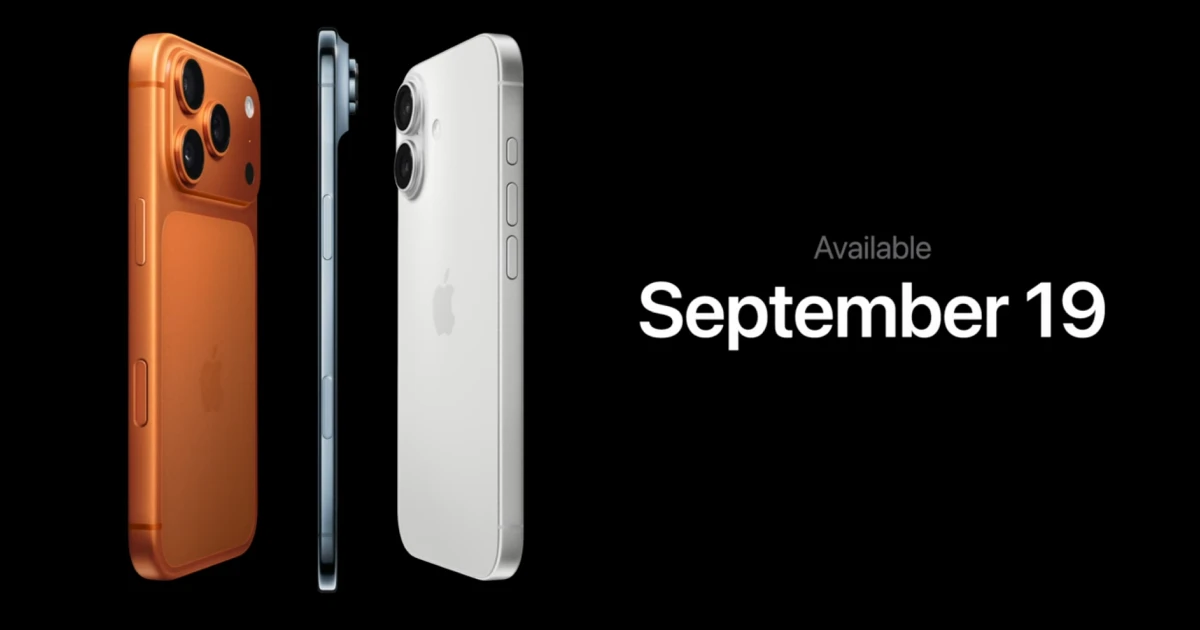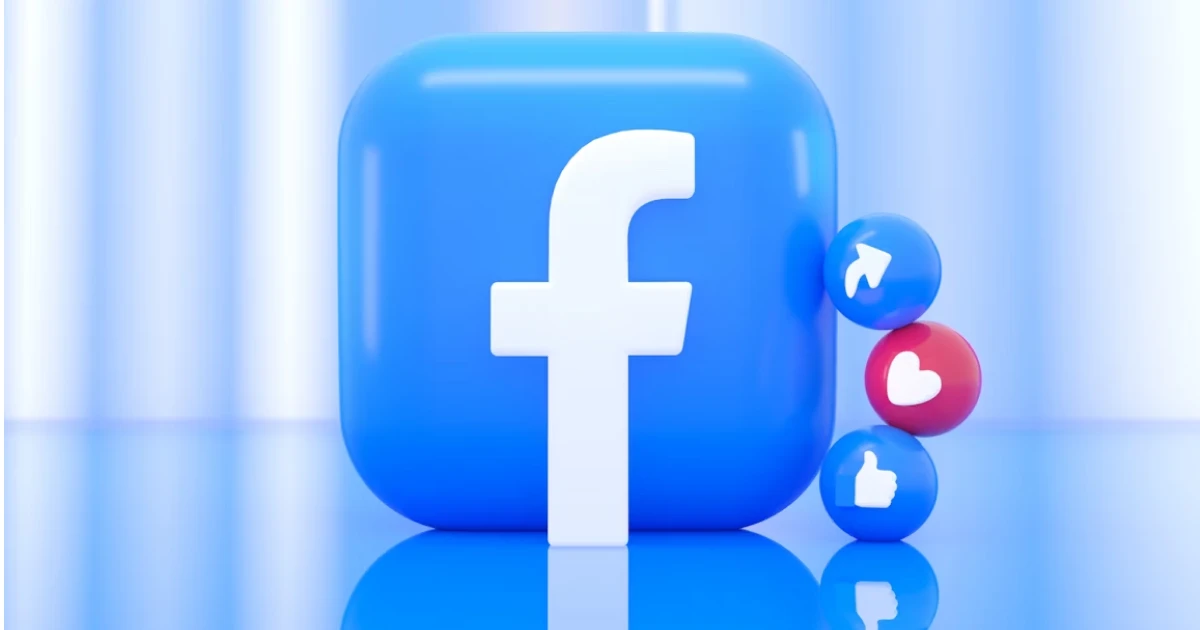industry that it’s imprinted into everyone’s mind. And even though Netflix isn’t the original creator of the well-known term binge-watch, it sure took the concept to a different level.
The way we consume media has changed drastically over the years. And we did as well. Do you even remember the old days when we used to buy DVDs and wait for cable programs to broadcast our favorite shows? Nowadays, you need a smartphone, TV, or laptop to enjoy any kind of entertainment. Netflix is one of the main actors that contributed to the development of media.
The term binge-watch refers to us sitting in the same position for long periods while watching something on TV, to a level that resembles a small “obsession”. It even became an official word in the dictionary back in 2017. And statistics show that around 70% of Netflix customers engage in binge-watching.
And is no wonder that digital online streaming platforms established that. The user interfaces that Netflix has created mimic the looks of a real-life theatre. It replicates the feelings of movie theatre crates with its deep red color pallet. Color plays an important role in digital platforms and the user experience that it triggers. And, for a startup to achieve the growth we desire, we need to pay attention to all the small details.
Netflix's Rise to Prominence has had a Profound Impact on the Entertainment Industry
Everyone in the entertainment industry was affected by the growing popularity of streaming services. Netflix’s subscription-based streaming model has diminished the strength of both traditional cable and film theatres. There is a discussion every year about the future of cinema and how people might ditch theatres and resort to more comfortable options like Netflix. We are not there yet but we cannot count this possibility out.
Consumer behavior has changed completely since Netflix’s boom. The concept of watching entire seasons of television at once was something never seen before. With traditional cable, you had to wait at least a week for a new episode. And that happens with a lot of Netflix’s competitors too, and people don’t like it. Especially if the show is good.
Subscribe to our newsletter
How did Netflix start?
The streaming service’s early years were spent building a loyal customer base and fine-tuning its business model
Reed Hastings and Marc Randolph, the founders, knew that they had something special. By employing a flat monthly fee for renting DVDs, the streaming platform outgrew a lot of its competitors in the North American market in a short period. With this growth, everyone expected to see innovations and changes in the way Netflix, the streaming service, operates in the entertainment industry. And it happened, as Netflix started experimenting with subscription services that let customers rent an unlimited amount of DVDs per month.
In the second half of the 2000s, the digital world started developing progressively, and streaming services became the next big hit in the entertainment industry. The streaming platform understood this could be a problem for their business and adapted accordingly. In 2007 Netflix launched its first video streaming service. It was not something revolutionary from the start but grew to be one of the giants in the entertainment industry.
Netflix's Rise to Prominence has had a Profound Impact on the Entertainment Industry
Everyone in the entertainment industry was affected by the growing popularity of streaming services. Netflix’s subscription-based streaming model has diminished the strength of both traditional cable and film theatres. There is a discussion every year about the future of cinema and how people might ditch theatres and resort to more comfortable options like Netflix. We are not there yet but we cannot count this possibility out.
Netflix's Rise to Prominence has had a Profound Impact on the Entertainment Industry
Everyone in the entertainment industry was affected by the growing popularity of streaming services. Netflix’s subscription-based streaming model has diminished the strength of both traditional cable and film theatres. There is a discussion every year about the future of cinema and how people might ditch theatres and resort to more comfortable options like Netflix. We are not there yet but we cannot count this possibility out.
Consumer behavior has changed completely since Netflix’s boom. The concept of watching entire seasons of television at once was something never seen before. With traditional cable, you had to wait at least a week for a new episode. And that happens with a lot of Netflix’s competitors too, and people don’t like it. Especially if the show is good.
Subscribe to our newsletter
How did Netflix start?
The streaming service’s early years were spent building a loyal customer base and fine-tuning its business model
Reed Hastings and Marc Randolph, the founders, knew that they had something special. By employing a flat monthly fee for renting DVDs, the streaming platform outgrew a lot of its competitors in the North American market in a short period. With this growth, everyone expected to see innovations and changes in the way Netflix, the streaming service, operates in the entertainment industry. And it happened, as Netflix started experimenting with subscription services that let customers rent an unlimited amount of DVDs per month.
In the second half of the 2000s, the digital world started developing progressively, and streaming services became the next big hit in the entertainment industry. The streaming platform understood this could be a problem for their business and adapted accordingly. In 2007 Netflix launched its first video streaming service. It was not something revolutionary from the start but grew to be one of the giants in the entertainment industry.
Netflix's Rise to Prominence has had a Profound Impact on the Entertainment Industry
Everyone in the entertainment industry was affected by the growing popularity of streaming services. Netflix’s subscription-based streaming model has diminished the strength of both traditional cable and film theatres. There is a discussion every year about the future of cinema and how people might ditch theatres and resort to more comfortable options like Netflix. We are not there yet but we cannot count this possibility out.




.webp)











